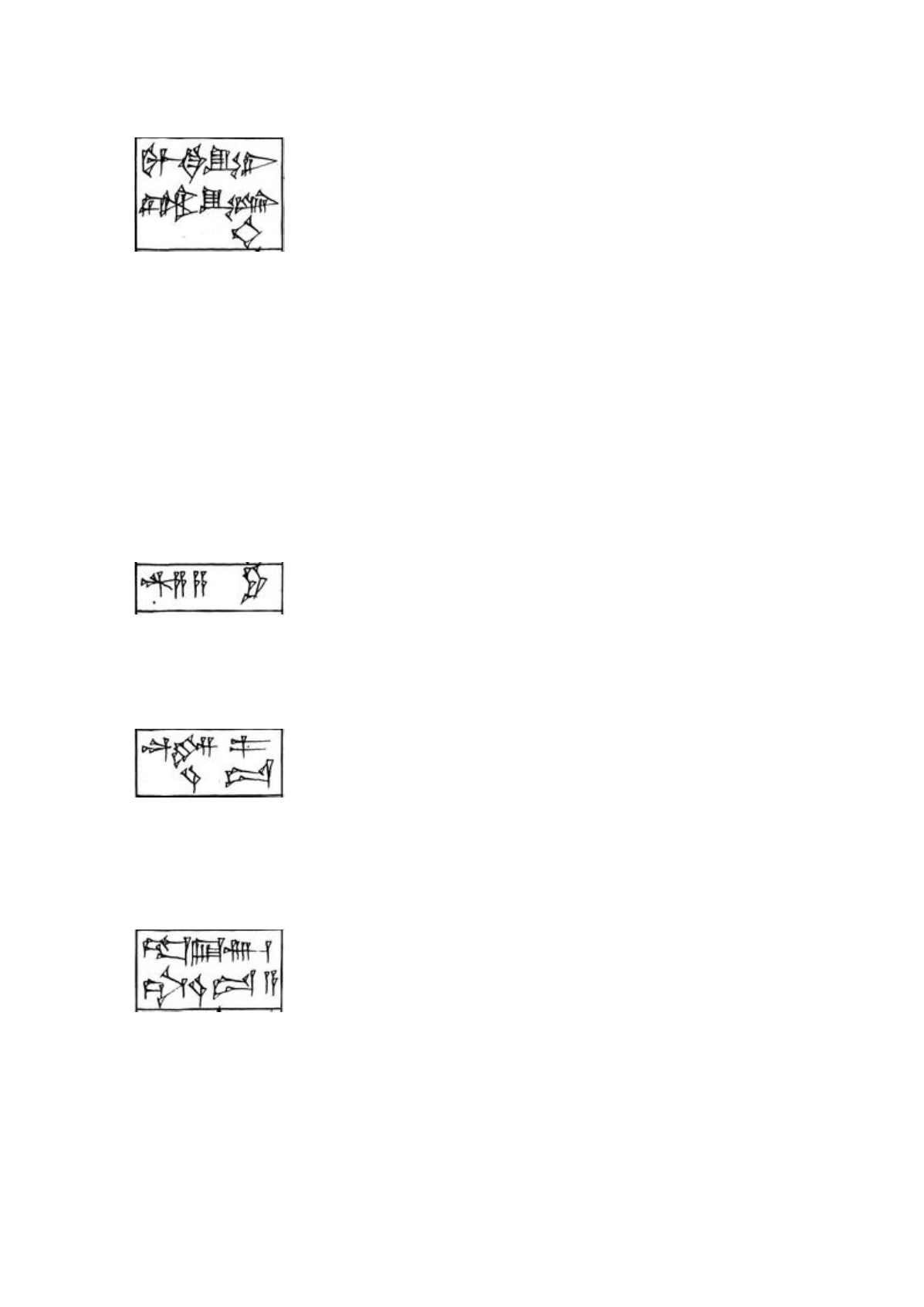

409
Gudea di Lagash – La costruzione del tempio di Ninjirsu - Cilindro B
B XI.3 – 1058
lukur
ki.ig.nihe
2
.jal
2
lu
2
.šar
2
lukur
ki.aj2
.a.ani [he
2
.jal
2
lu
2
.šar
2
].ak
Le sue amate sacerdotesse-lukur, che creano abbondanza per la moltitudine,
lukur
[SAL.ME] : “chaste priestess, nun; courtesan (?) (lu
2
, 'grown man', + kur
2
, 'hostile')” (SL); “prêtresse”
(PLS.95); “a priestess; (junior) wife of a deified king” (PSD2.159). Da intendersi probabilmente quale
collettivo.
ki.ig.ni: ritengo sia grafia di
ki.aj2
.a.ani “amato” (cfr. A VI.22); Falkenstein, che legge ki.gala
7
.ni, non
traduce: “seine … lukur-Priesterin” (GSG1.52; vedi anche GSG1.121), anche se poi propone “seine
geliebten
lukur-Priesterinnen” (GSG2.33)
lu
2
.šar
2
: “numerous individuals, myriads ('men, people' + 'to be many')” (SL), “foule, multitude” (PLS.94);
esiste anche un
lu
2
šar
2
“a military officer = commander of 3600” (SL), ma non credo che si adatti al
contesto; šar
2
“ totality, all; world; horizon; ball, counter, token; the number 3600 = 60
2
”, “to be many; to
multiply or mix (with -da-); to make abundant”, “numerous; innumerable” (SL)
[he
2
.jal
2
lu
2
.šar
2
].ak : “der überfluss der zahlreichen Menschen”, col marker del genitivo (GSG1.96)
B XI.4 – 1059
d.za.za.rud
Za.za.ru- Zazaru,
B XI.5 – 1060
d.iškur.pa.ed2
d
Iškur.pa.ed2
Ishkur-pa-ed,
d
Iškur
[DINGIR.IM]: è il dio Adad
B XI.6 – 1061
<d>.ur
2
.agrun.ta.ed2
.a
d
Ur
2
.
agrun.ta.ed2
.a
Ur-agrunta-ed-a,
d
Ur
2
.agrun.ta.ed2
.a : “…, die aus dem Hohen Hause herauskommt” (GSG1.143); agrun [E
2
.NUN] : “inner
sanctuary” (SL), cfr. A XXII.4; .ta è marker dell’ablativo; ed
2
.a è participio (GSG1.143)
















